Homeless in Los Angeles
Project Proposal Letter:
-------------, ------- Dr., L------, CA 93-----
Senator Bill Morrow, Capitol Office,
State Capitol # 4048, Sacramento, CA 95814
Cc: Verizon Communications, Corporate Headquarters,
140 West Street, New York, NY 10007
Cc: Verizon New Media Services, One Verizon Place,
West Airfield Drive, P.O Box 619810, D/FW Airport, TX 75261-9810
Cc: Mayor Jef Bander Borght, Burbank City Hall,
275 E. Olive Ave., Burbank, CA 91510
May 26, 2006
Dear Senator Bill Morrow,
I am an art teacher and illustrator, and have been working in the field of art and education for the past 32 years. I grew up in downtown Los Angeles, and have been renting a studio on 4th Street until very recently. I am deeply familiar with the local sites, institutions and the people of Southern California. Their daily situation has been near to my heart since childhood and I feel compassionate about improving and enhancing the welfare of my community. I am sure that this is how the addressees of this letter feel as well.
Only recently have I relocated to the city of Lancaster, where I rent a studio and teach arts and crafts to children ages 8 to 11. In my heart, though, I am still attached to downtown Los Angeles, and I miss my neighborhood very much. I am writing to you, the mayor of Burbank and Verizon Communication, as a caring citizen, with altruistic intentions for the many needy people of Los Angeles.
One ongoing challenge in downtown Los Angeles is of course the homeless population that crowds skid row. Although solving this problem is a task for more than one person to handle, I would like to lend a hand, together with my young students, and ease the burden on the city. I am also calling the senator Bill Morrow, the mayor of Burbank and the representatives of Verizon Communication, to join me in this effort.
Last week I read in the local newspaper that Los Angeles County officials proposed to establish five regional homeless centers, wishing to spread the expense of providing care for homeless people beyond downtown Los Angeles. Burbank mayor, Jef Vander Borght, opposed this proposal, stating that “It isn't going to go down well if Burbank was chosen for one of these centers”. He said “he wouldn't want to house the county homeless population, since Burbank probably represents a hundredth of that population, not a fifth. “ It is common knowledge that many Los Angeles citizens would not feel comfortable encountering homeless people every day around their residency. It is true that a large homeless population evident close to residential homes will increase such threats as an increase of drug traffic and robbery; and decrease home values and the “quality of life”. The mayor of Burbank cares deeply about the welfare of his citizens, and his reaction to the proposal probably represents the opinion of every other mayor in Los Angeles County.
2
What some people do not know is that 20% of the homeless population in Los Angeles are actually working citizens who get up every morning to attend a paying job. Also, high numbers of homeless people would like very much to find a permanent residency and work, and they spend many hours every week writing letters of application and traveling to job interviews. The National Law Center for Homelessness and Poverty reports that over 3 million men, women, and children were homeless over the past year – about 30% of them chronically and the others temporarily. In many cases people are in and out of the homeless system, a fact that propels me to believe that many intelligent and hard- working people find themselves with no shelter or work due to temporary hard circumstances, but with a little help, they could find their way back to a permanent job and residency. Did you know that many famous U.S citizens were homeless once? This includes William Shatner, Jim Carrey and David Latterman, among others. They received help from good people and were able to get out of their temporary miserable situations.
I would like to give a hand to homeless people who wish to find a job by addressing their communication issue and create a temporary solution. I discovered that homeless people who wish to receive letters cannot rent a mail box as the U.S post officers would not rent a mail box without a proof of residency. Not being able to receive letters would definitely limit the homeless persons and maybe even diminish their hard efforts to apply for work. I believe that many of the homeless people really want to create a good life for themselves, but how can they find a way to communicate with their surroundings when they cannot own a mailbox or afford a computer or a cell phone? We, the fortunate citizens, take for granted our daily means of communication such as telephones, fax machines, internet and snail mail; but the homeless people are disconnected from all of these helpful, if not, necessary communication tools.
I am encouraging the mayor of Burbank and the representatives of Verizon Communication to form a partnership that will aid with the purchase of 10,000 white standard mail boxes. I call the senator Bill Morrow to aid me to achieve official permission and city licenses to display the mail boxes by the local tents and card board boxes, where homeless people spend their night, or by a more permanent structure in downtown Los Angeles. The children in my class have already expressed their generous will to decorate the mailboxes and write the name of the individual homeless person on each box. I also call Verizon Communication to aid us in this project not only by purchasing mail boxes but also by providing cell phones to thousands of homeless people who would like to network. There is no better corporation to help with this project than Verizon Communication, which is one of the largest companies in the U.S that provides local, data and long distance services.
“As a communications company, Verizon's business is built on a simple, powerful premise: The more people who are connected to a network, the more valuable the network is to those who use it. The same is true of human networks. An individual with passion and commitment can make a difference in a community, but a network of such people—connected by information and communications technology to the larger global community—multiplies those individual efforts into a much more powerful collective force.”
The words brought here are quoted from the Verizon Communication’s website. I hope that the company will be glad to stretch their philanthropic idea to also include the homeless people of Los Angeles. With our help the homeless persons will be able to once again network with the world in order to get a job and a permanent residency, and to gain self-respect and hope.
Thank you.
Sincerely,
--------------
Response from Institution:
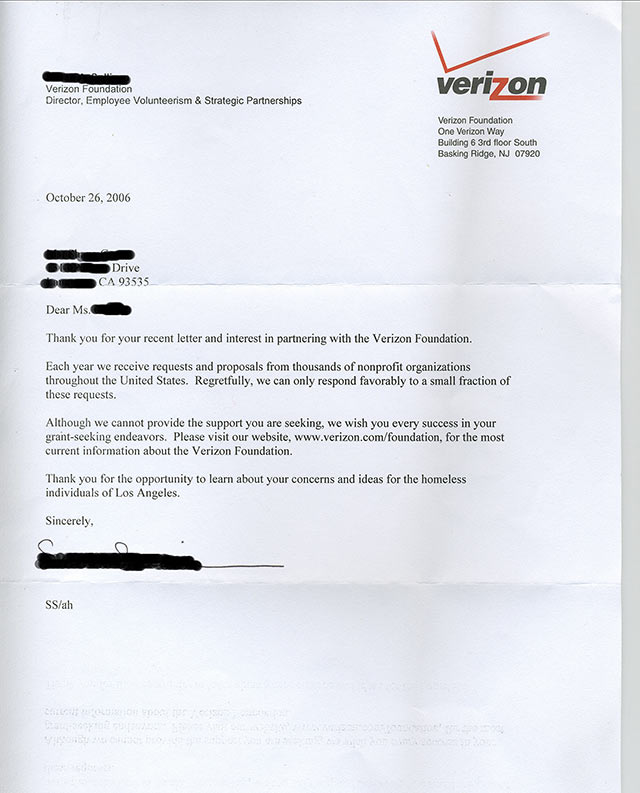
Artwork Created:
Sandra Hoogeboom, HOLLAND | view biography

Sandra Hoogeboom
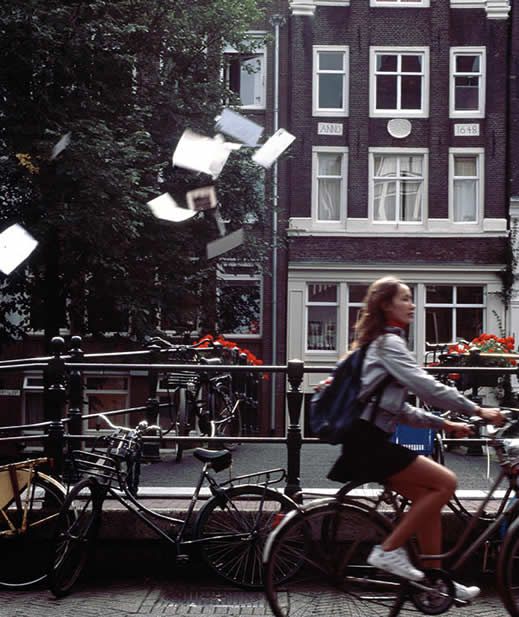
Sandra Hoogeboom
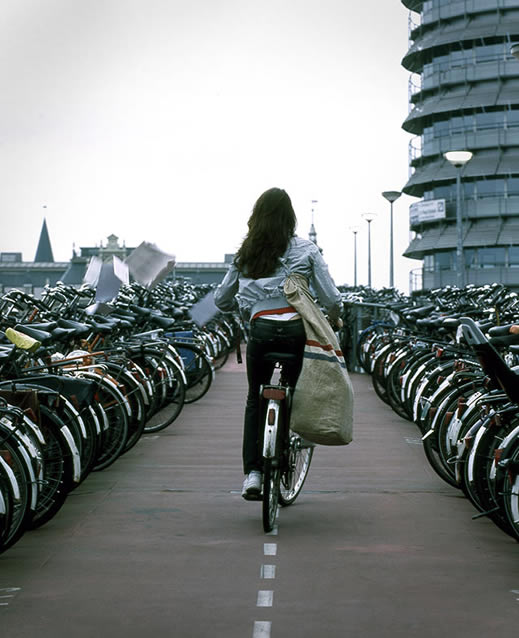
Sandra Hoogeboom
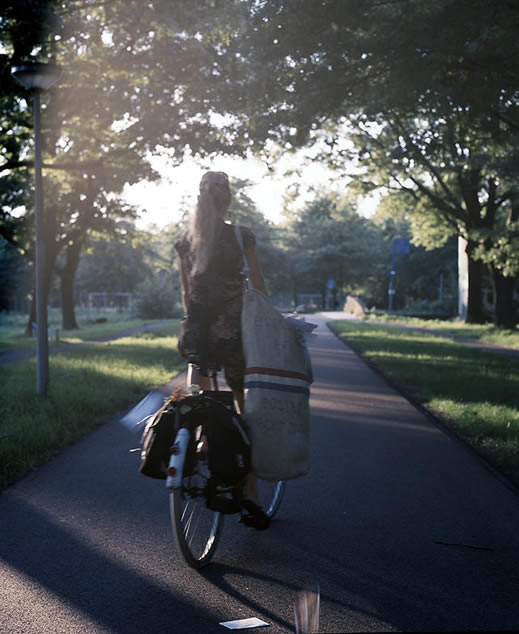
Sandra Hoogeboom
Yu Ji, CHINA & Deng Ye Min, CHINA | view biography
The artists Deng Ye Ming and Yu Ji went to the Shanghai Railway Station, a site where more than 20 cell phones are stolen every day.
They photographed the place for a whole month, and placed a colleague there to be photographed as a suspicious figure.
Who is the thief? Who is the victim? Where is the cell phone?
![]()





Andrew Keck, ENGLAND | view biography

Andrew Keck, We Have Nothing To Say And We're Saying It (Apologies to John Cage)
Jon Measures, USA | view biography
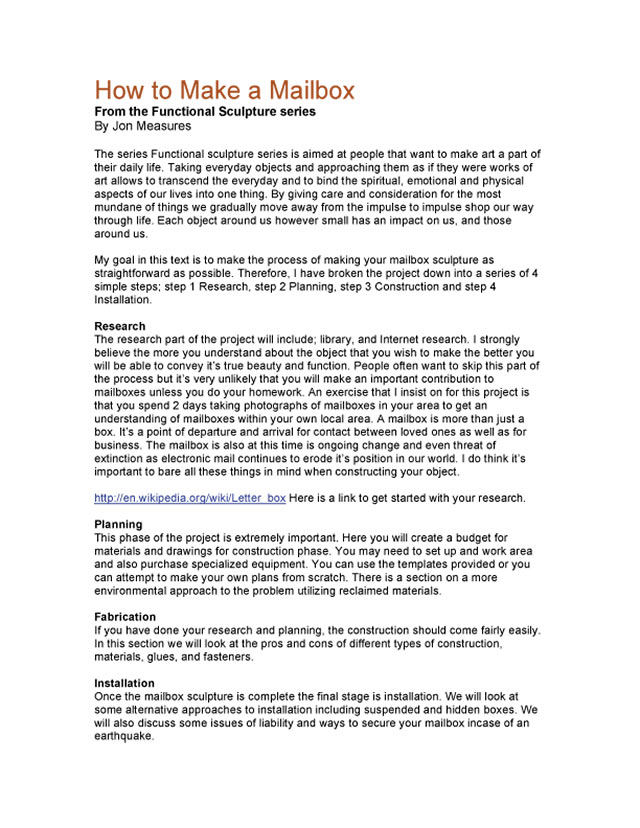
Jon Measures
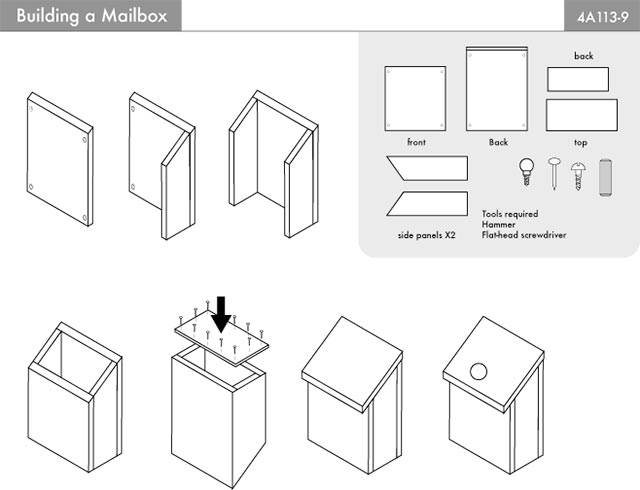
Jon Measures
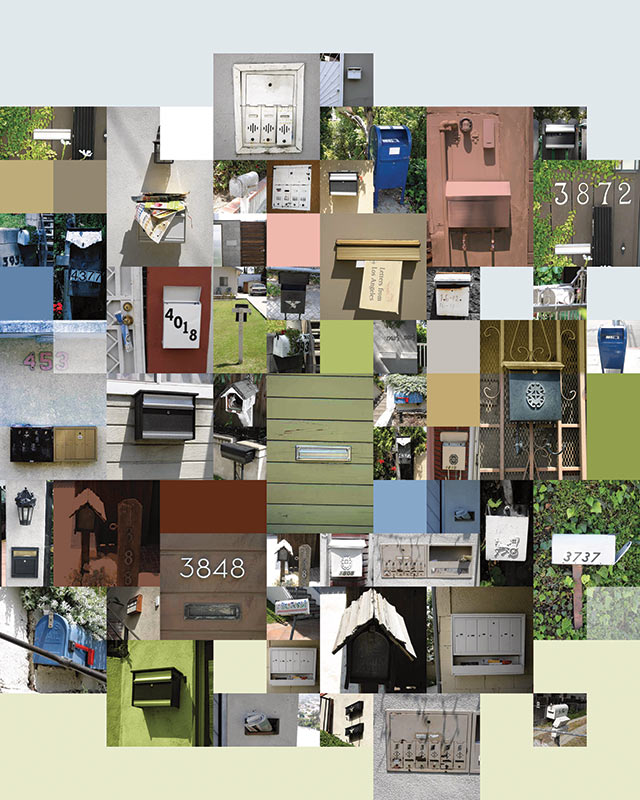
Jon Measures
back to top | back to projects
